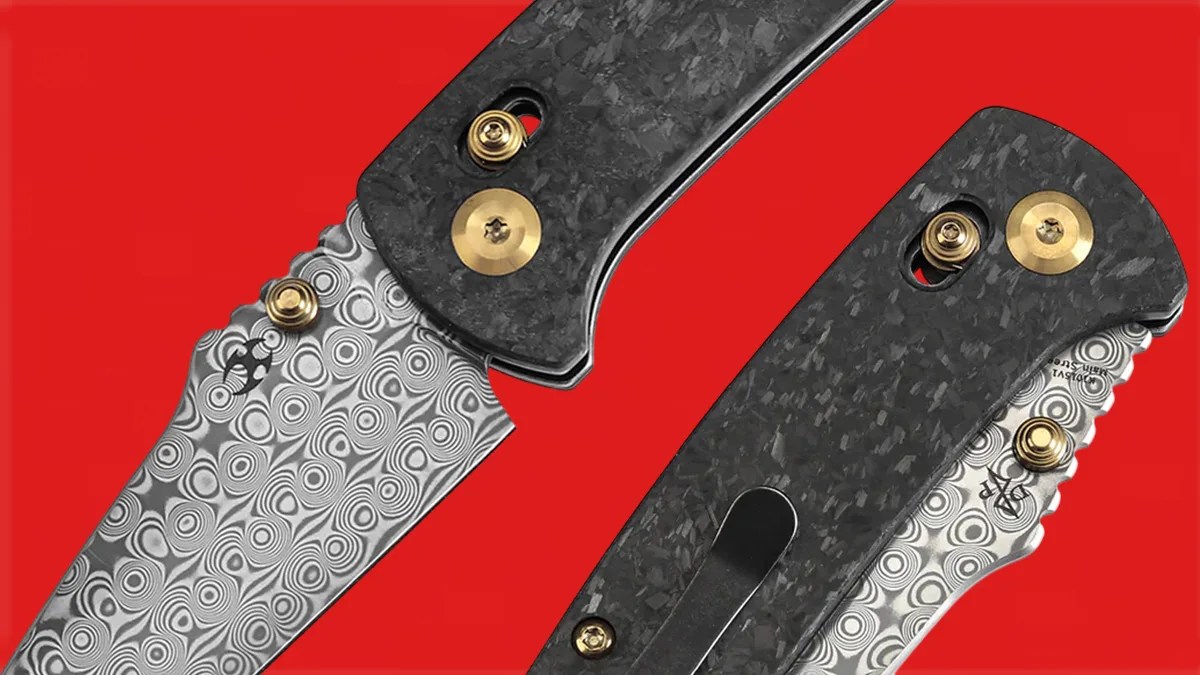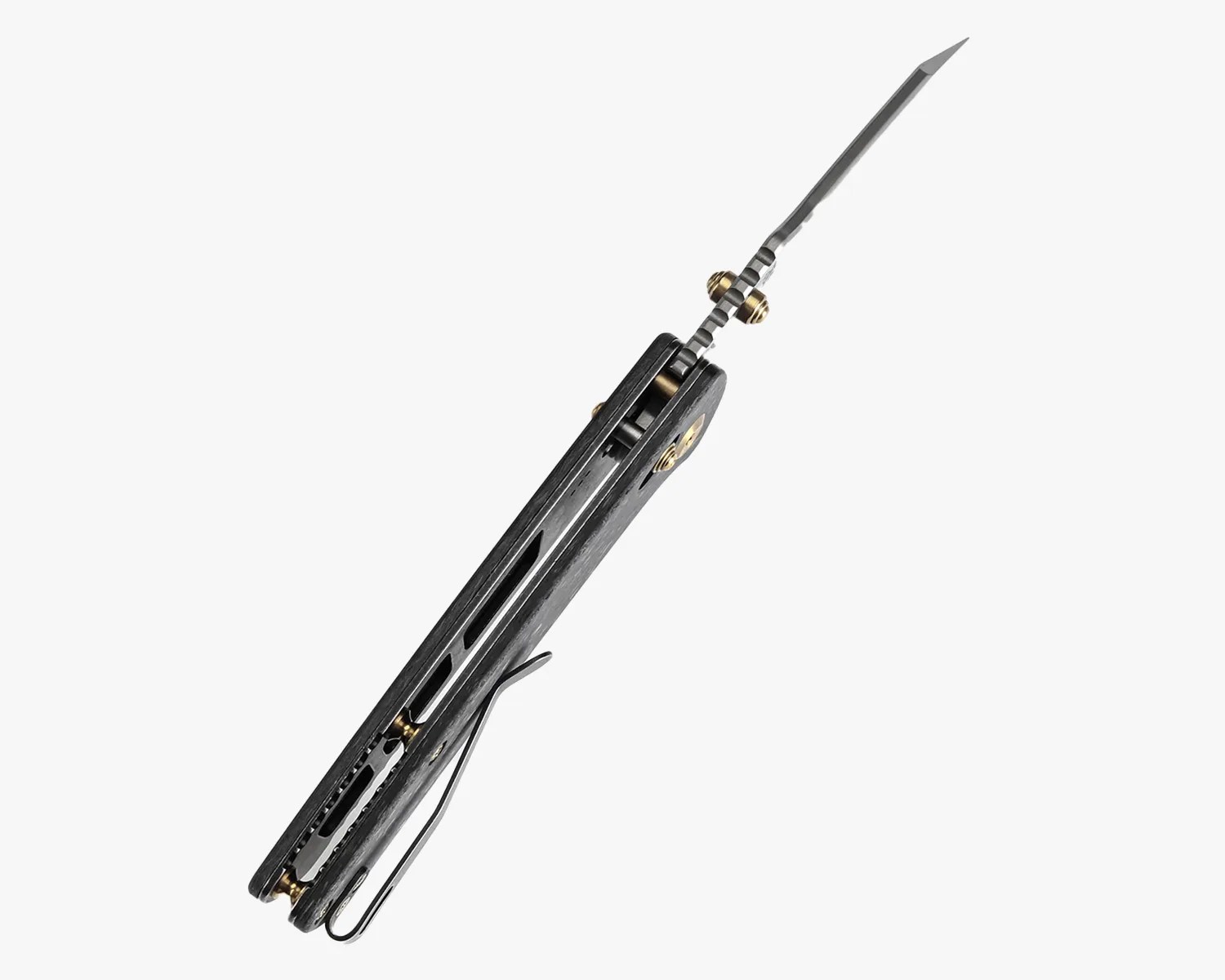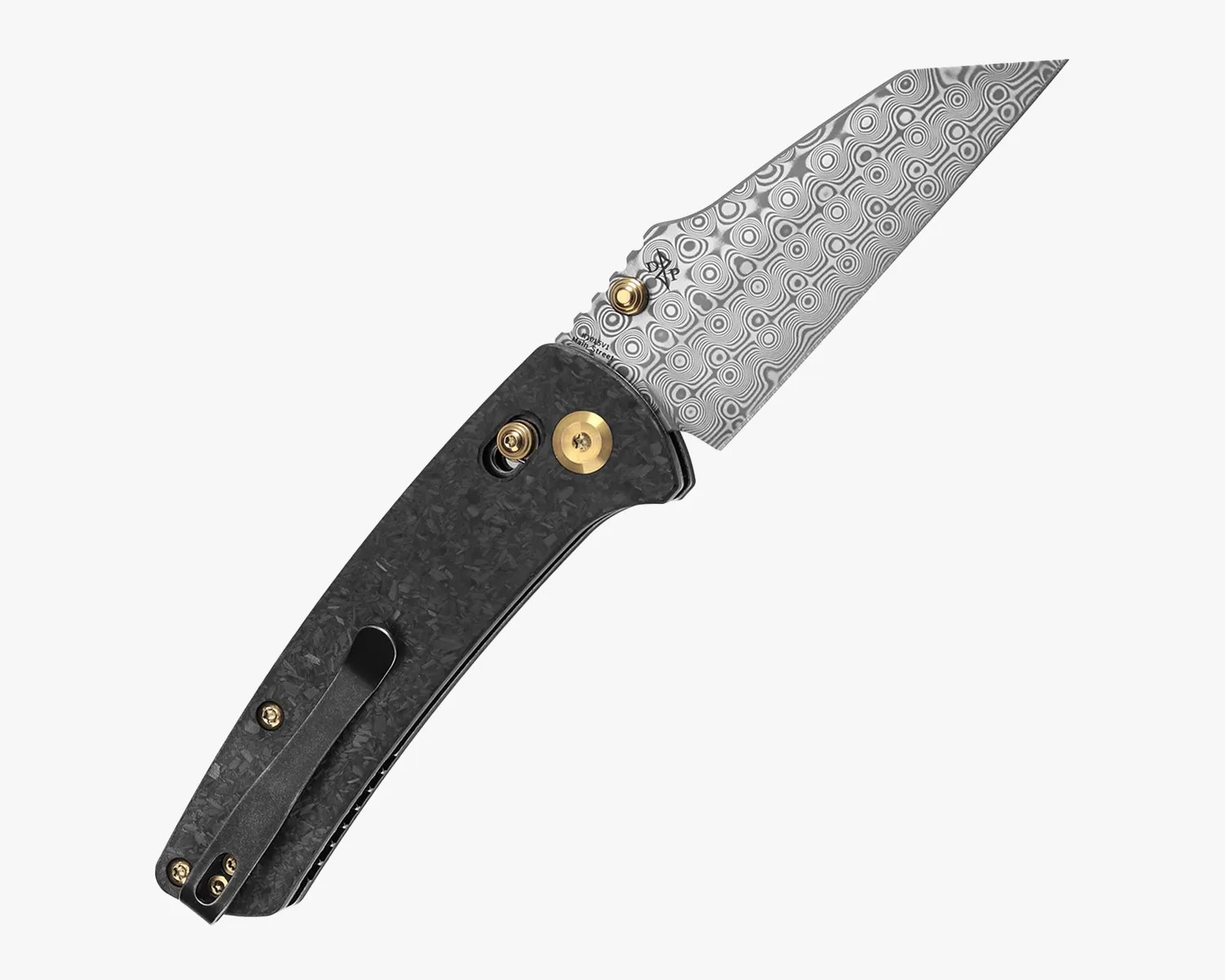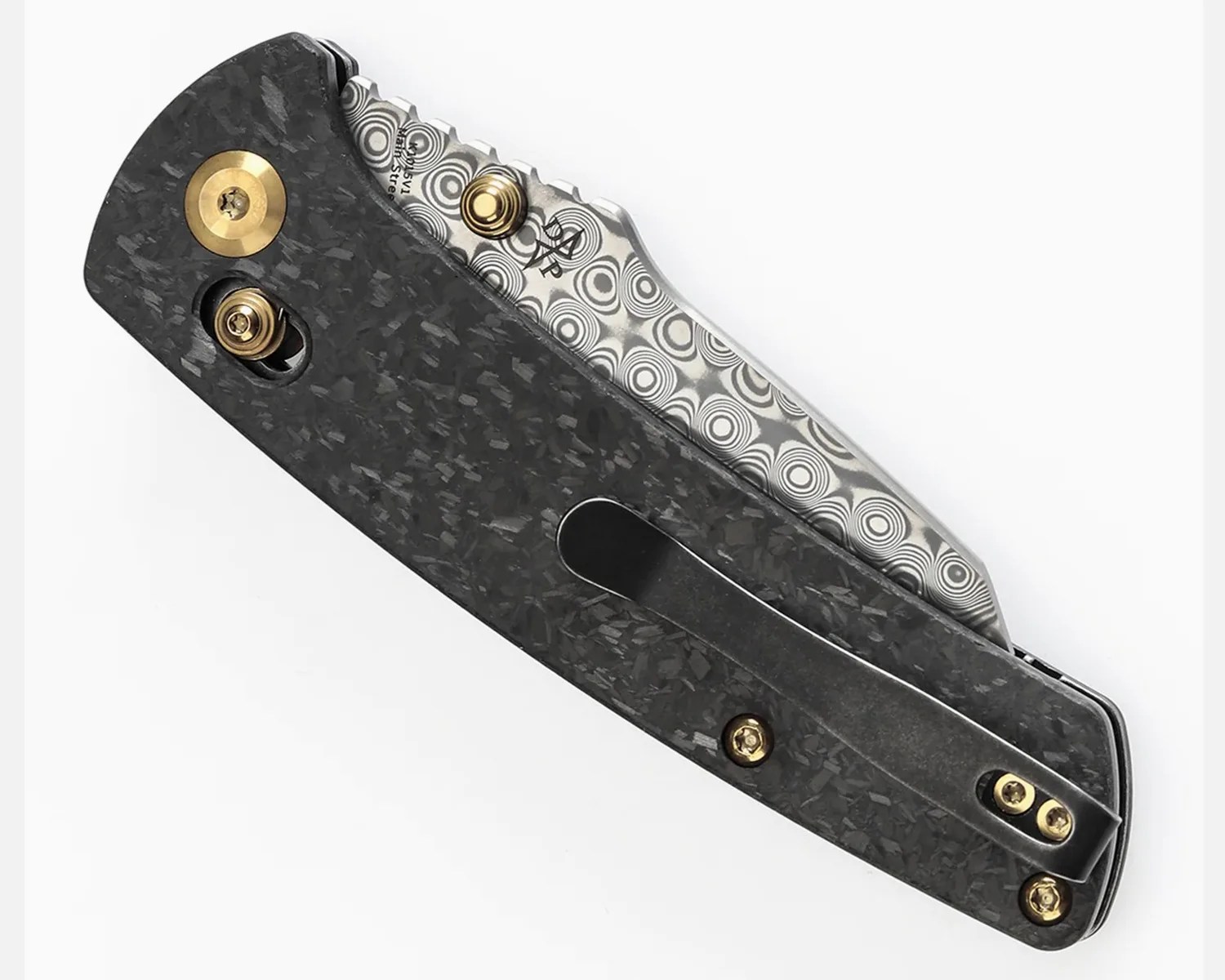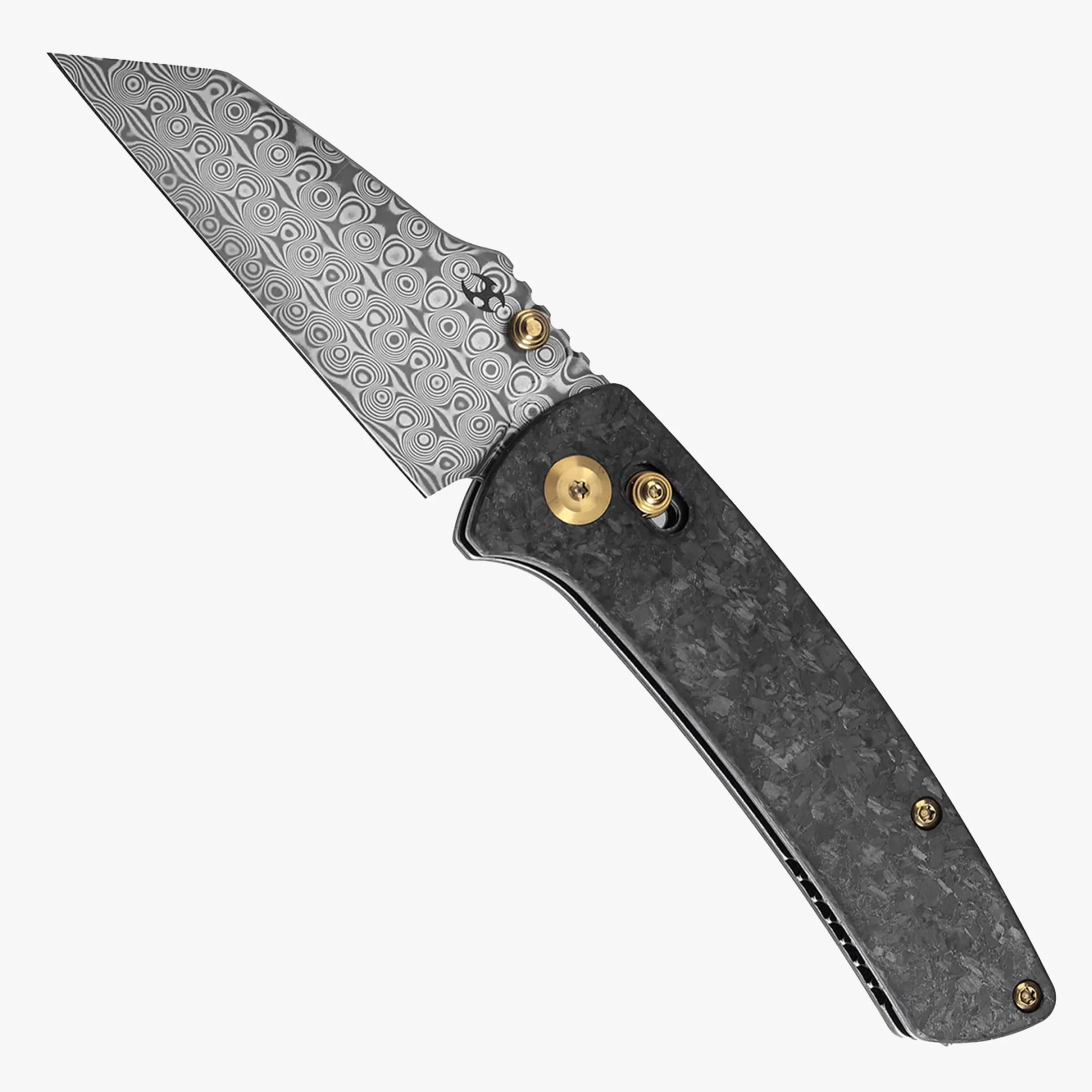While the origins of some knife blades can be difficult to deduce, others are a bit more straightforward. The Wharncliffe falls squarely in that second category.
According to knife-depot.com, the shape dates back to a fixed blade, the Seax or Sax, introduced by Vikings before the 11th century.
The name, meanwhile, owes to one of the minds behind its modern, folding incarnation: one James Archibald Stuart-Wortley-Mackenzie, aka the First Lord of Wharncliffe.
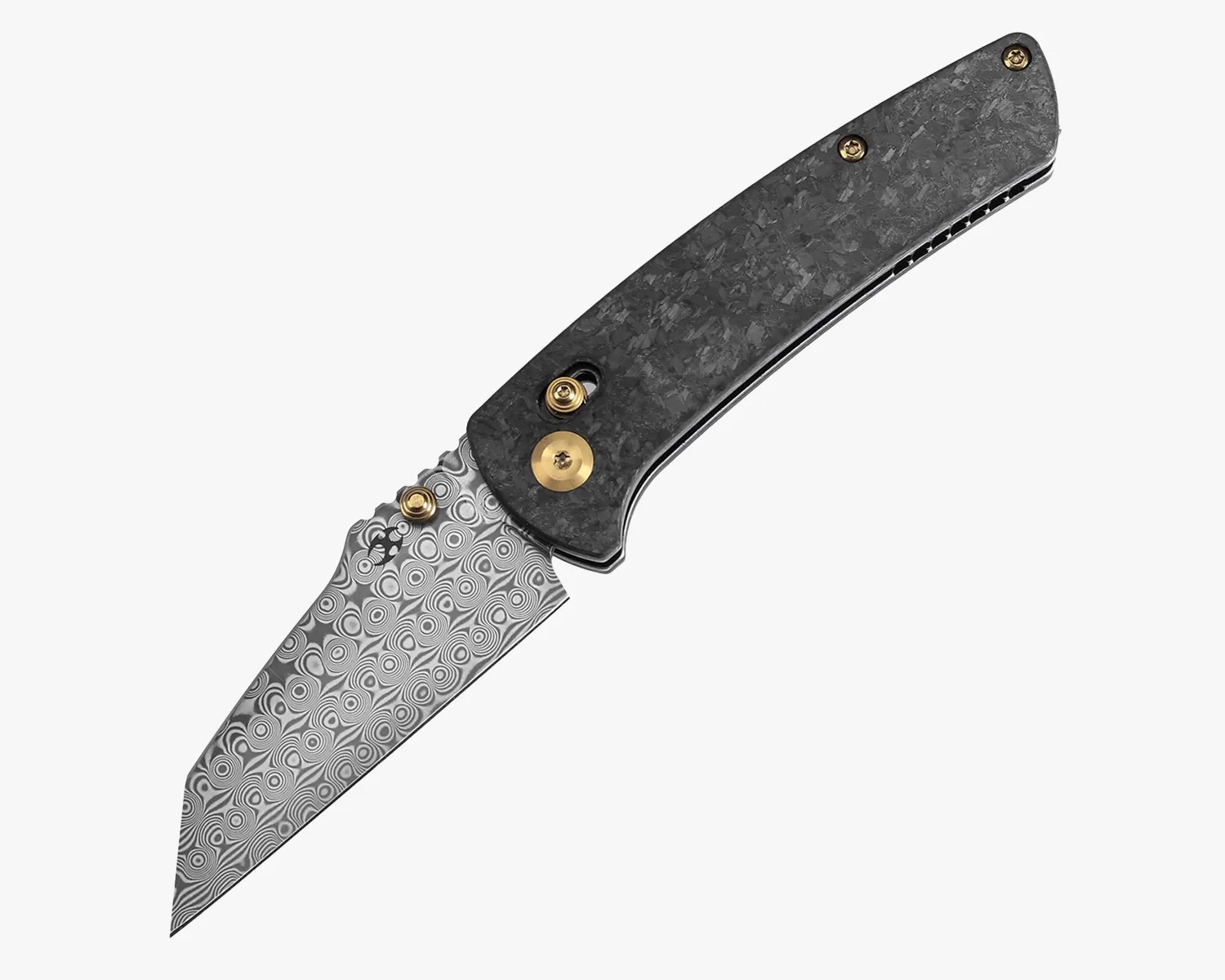
With a straight edge and spine that curves and tapers from handle to tip, the Wharncliffe is ideal for slicing, while its broader tip reduces the odds of an accidental puncture.
And though it has been favored by sailors and farmers for centuries, there’s no rule that its only execution be utilitarian. Exhibit A: Kansept’s new Main Street, which elevates the shape to a whole new level.
Upgrading a classic
So what makes this interpretation so striking? The brain child of veteran knife maker Dirk Pinkerton, the Main Street boasts a bold design and luxe materials I’ve rarely seen with this type of blade.
On the design side, the shape is modified to resemble a reverse tanto. While that touch may be more of the aesthetic variety, the jimping on the spine is a functional trait: it should prove helpful when it comes to detail work.
